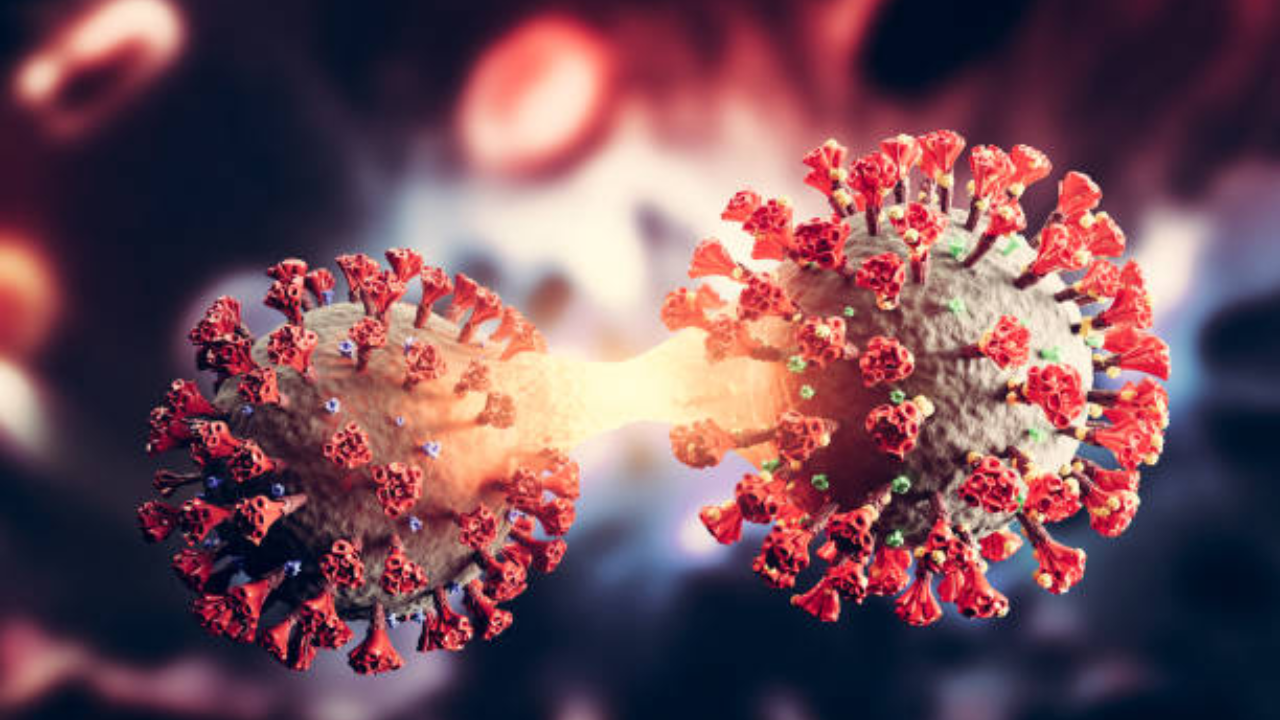
NEW COVID VARIANT LB.1 ON LOOSE: HERE'S WHAT HEALTH AGENCIES WARN ABOUT IT
A new variant of COVID has emerged and is spreading faster in the US. The LB.1 variant currently makes up 17.5% of new COVID cases, the US Centers for Disease Control and Prevention (CDC) said on Friday. The CDC estimates that the new variant can overtake the KP.3 variant anytime soon.
“There is currently no evidence that KP.3 or LB.1 cause more severe disease. CDC will continue to track SARS-CoV-2 variants and is working to better understand the potential impact on public health,” CDC spokesperson David Daigle said in a statement.
READ ALSO: How many calories are burned in walking 1 km?
LB.1 variant cases are rising in California and HHS Region 2, which includes New York and New Jersey.
As per reports, LB.1 is closely related to KP.3, a descendant of JN.1 variant.
"Unlike KP.2 and KP.3, however, LB.1 exhibits an additional mutation (S:S31del) in addition to the substitutions present in KP.2 and KP.3 that designate them as ‘FLiRT’ variants. Variants with this deletion such as LB.1 may sometimes be referred to as “deFLiRT”, indicating that the variant has the same mutations as other FLiRT variants with this additional deletion," IDSA has explained.
Is LB.1 COVID variant severe?
The CDC has denied any new evidence suggesting that LB.1 variant might be more severe than its ancestors. However, a study by scientists in Japan, which is yet to peer-review one of LB.1's mutations, can help it to spread faster. This mutation is absent in KP.3 and JN.1 variants.How to stay safe from COVID?
To stay safe from COVID-19, it's crucial to follow a few key practices consistently. First and foremost, getting vaccinated and staying up-to-date with booster shots significantly reduces the risk of severe illness. Additionally, wearing masks in crowded or indoor settings, especially where social distancing isn't possible, remains important. Hand hygiene is also critical—washing hands frequently with soap and water for at least 20 seconds, or using hand sanitizer with at least 60% alcohol when soap isn't available, helps prevent the spread of the virus.Avoiding large gatherings and poorly ventilated spaces can lower your exposure risk. When possible, opt for outdoor activities or well-ventilated areas. Stay informed about COVID-19 updates and follow guidelines from trusted health authorities. Lastly, if you feel unwell or exhibit symptoms like fever, cough, or loss of taste or smell, get tested and isolate yourself to prevent potential transmission.
By incorporating these practices into daily life, you can protect yourself and others from COVID-19, contributing to community health and safety.